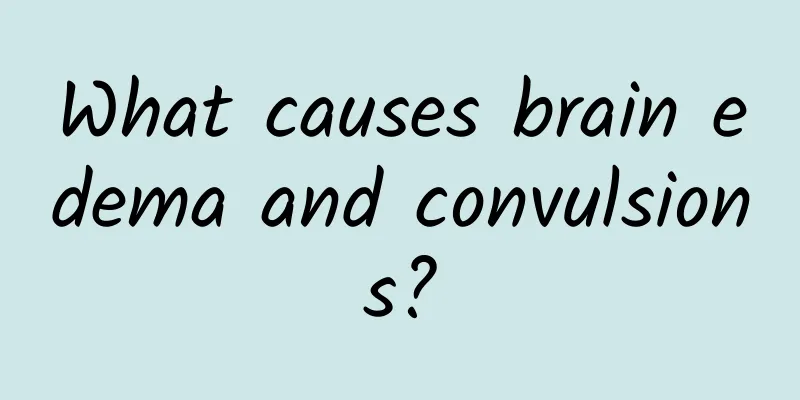No dilatation of bilateral ureters

|
Many people find that the color ultrasound examination results show that the bilateral ureters are not dilated. We don’t know much about professional medical terms. In fact, the absence of dilation of the bilateral ureters means that there is no disease. If there is ureteral dilation, it may be problems such as ureteral expansion and enlargement, which requires corresponding treatment according to the specific situation. The treatment method varies depending on the severity and type of ureteral dilation. 1. What does it mean that bilateral ureters are not dilated? There is no dilatation of both ureters, which means that the ureters are not blocked, and poor bladder filling means that you are not holding your urine well. Guidance: If you have obvious lower back pain and abdominal pain, and symptoms of urinary urgency and pain, or blood in the urine, urinary stones are highly suspected. You need to hold your urine and re-examine with ultrasound. If there are no symptoms, most of the time there is no problem and there is no need for re-examination. This situation is not a big problem. Normally, the ureters are not dilated. Dilatation occurs only when there is urinary tract obstruction, such as ureteral stones. Poor bladder filling may be the reason why you did not hold your urine during the examination. 2. What causes bilateral ureteral dilatation? 1. Congenital Such as megaureter, fetal alcohol syndrome, congenital abdominal wall muscle dysplasia, congenital ureteropelvic junction obstruction in children, giant bladder-giant ureter syndrome in children, posterior urethral valves, ureteral valves and neurogenic bladder. About two-thirds of megaureters are unilateral, and up to 40% of patients also have other malformations, such as contralateral ureteropelvic junction obstruction, renal agenesis, ectopic kidney, and duplicated ureters. 2. Acquired There are often factors that lead to ureteral obstruction, such as ureteral stones, ureteral polyps, ureteral malignant tumors, retroperitoneal fibrosis, pelvic lipomatosis and trauma. Treatment options for ureteral dilatation 1. Symptomatic treatment Antispasmodic, analgesic, fluid replenishing, anti-inflammatory, and traditional Chinese medicine treatment. 2. Stone removal treatment It is suitable for patients with stone diameter <1.0 cm, good renal function, no concurrent infection, short disease course, and ability to move. Litholytic treatment: taking medication, drinking plenty of water, adjusting urine pH, controlling diet, etc. Suitable for urate and cystine stones. 3. Ureteral dilation treatment Under direct vision of the ureteroscope, the patient is guided through the stricture ring into the bladder with a loach guidewire. The guidewire is left in place to withdraw the ureteroscope, and then the F8-18 renal fascia dilator is used to dilate the urethra step by step. Then, an ordinary metal urethral dilator is used to dilate the urethra until the F24-26 probe can pass through it. In this way, the guide wire can be inserted under direct vision, reducing the occurrence of complications such as false channel formation and mucosal damage. After the stricture is dilated, it can also be observed under direct vision of the ureteroscope to determine the specific location and length of the stricture and to understand whether the urethral mucosa is damaged in order to facilitate further treatment. 4. Percutaneous nephrostomy Ultrasound-guided percutaneous nephrostomy is simple to operate, highly safe, and can protect renal function. Directly observing the urine output of the affected kidney provides an opportunity for surgical treatment and can determine the recovery of the affected kidney function after surgery. 5. Ureteral bladder reimplantation It can be performed using open, laparoscopic, or robot-assisted laparoscopic methods. Usually, an intraureteral DJ tube is required, which is removed one month after the operation. |
>>: Why does the area where the plaster is applied itch?
Recommend
My child always has pain around his belly button
Generally speaking, if a child is feeling unwell,...
Living in the basement made me sick
Now housing prices are getting higher and higher,...
Postoperative care after finger replantation
Replantation of severed fingers is very necessary...
Symptoms of Antenatal Depression
Pregnancy is a long process, and pregnant women e...
What to eat to kill viruses and reduce inflammation
We all know that some foods can kill viruses and ...
What to do if toothache causes headache
Toothache can cause great pain to people. In addit...
Don’t let these 4 “fake colds” confuse you, they’re dangerous!
Coughing, runny nose, sneezing... In the eyes of ...
Can the elderly eat ginseng?
Many children will buy various health care produc...
What are the functions of banyan trees
Banyan trees have medicinal value. They can detox...
How to treat allergic conjunctivitis
Allergic conjunctivitis is an eye disease, most o...
Acorus calamus and turmeric
Acorus calamus is harvested in early spring, the ...
What to do if your baby has poor eyesight
The importance of vision to humans is self-eviden...
Can I get better if I can't speak after a stroke?
When cerebral infarction occurs, it will affect t...
What causes eyelid edema?
Eyes are not only the windows to the soul, but al...
What is sand dermatitis, what are the symptoms and how to treat it?
Many playgrounds have special sand piles for chil...









